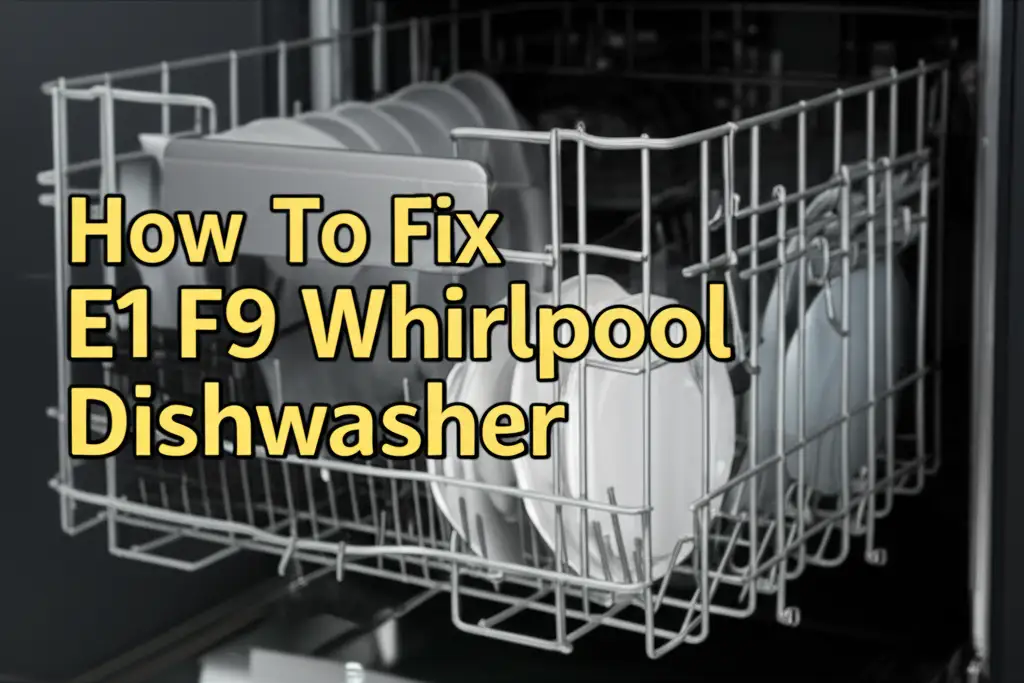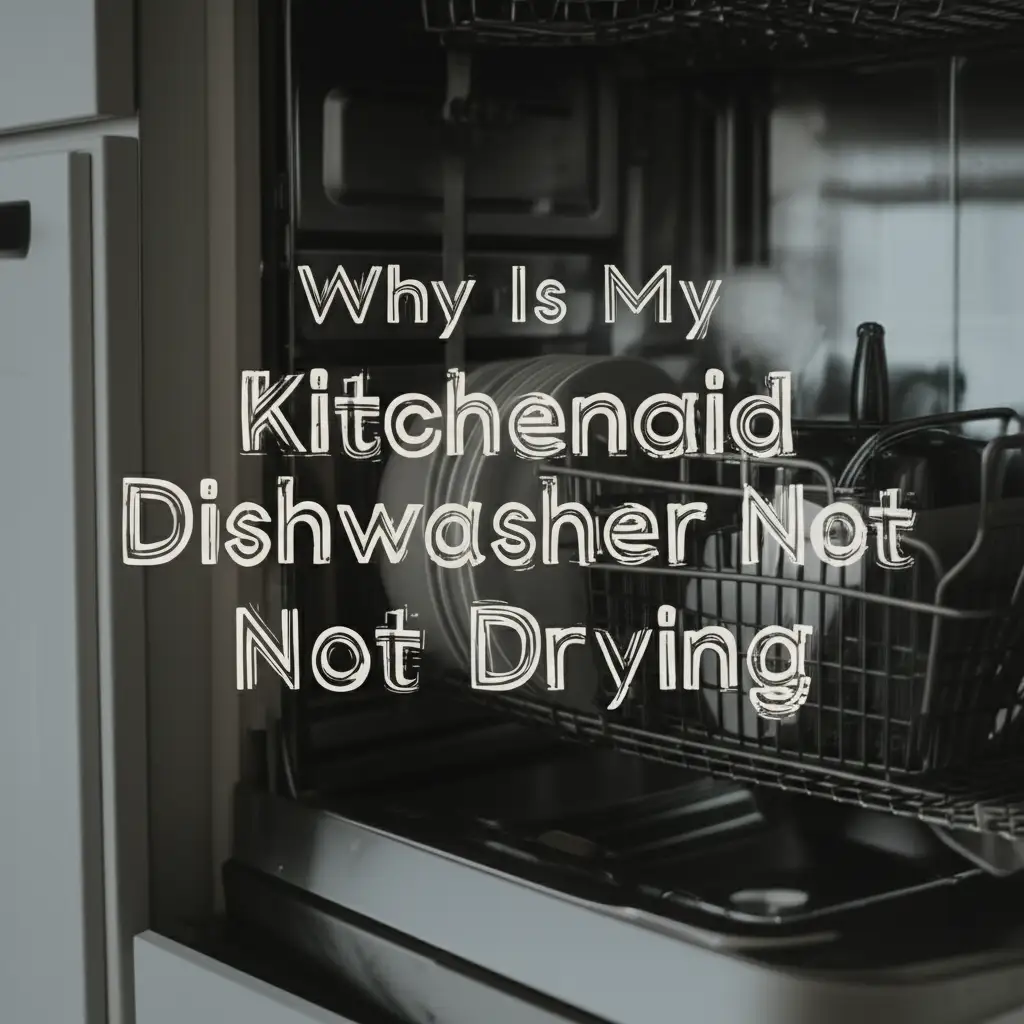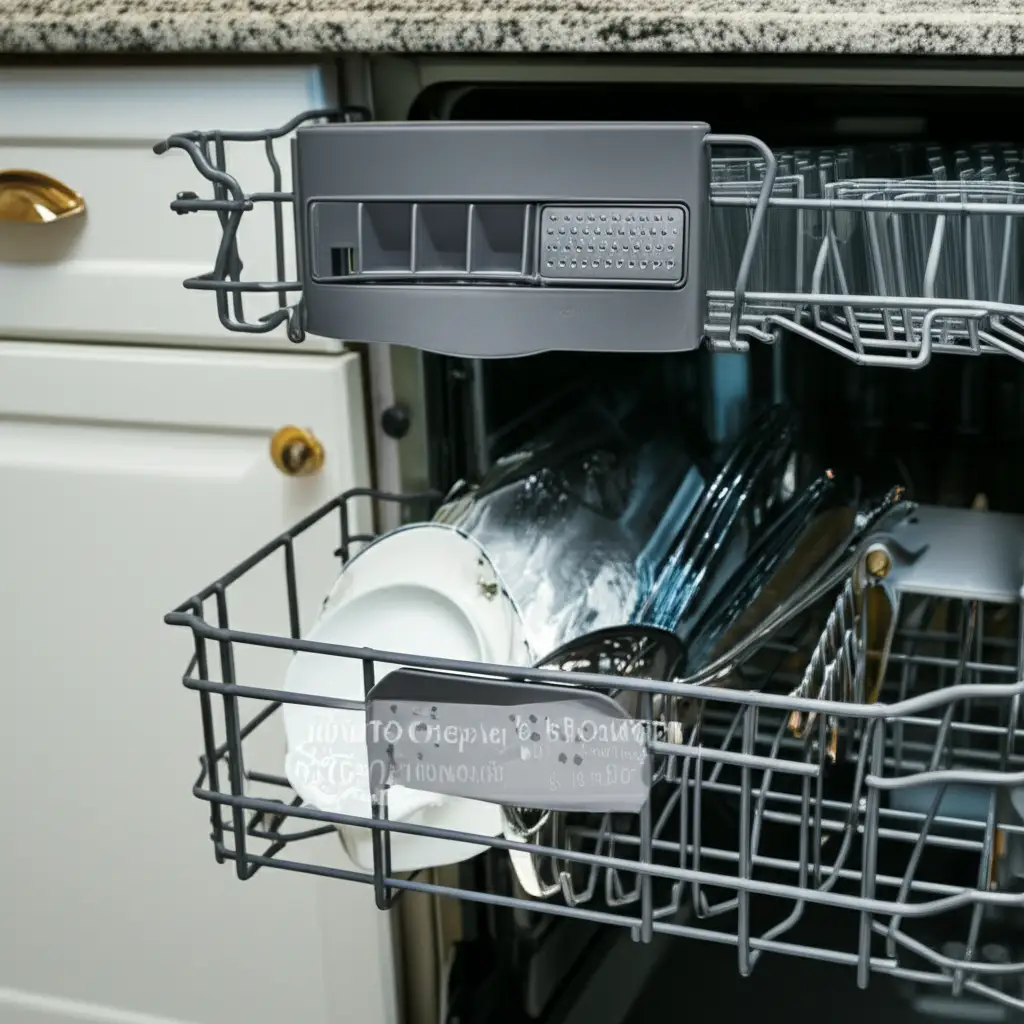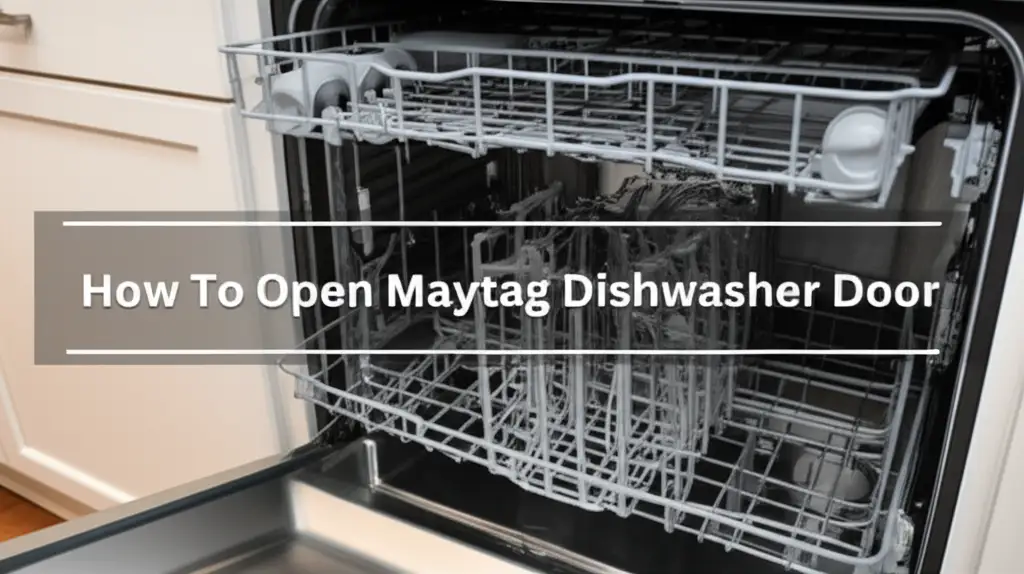· Tessa Winslow · Appliance Repair · 16 min read
How To Fix E1 F9 Whirlpool Dishwasher

Fixing Your Whirlpool Dishwasher E1 F9 Error: A Comprehensive Guide
Has your Whirlpool dishwasher stopped working, displaying an E1 F9 error code? You are not alone in facing this issue. This specific code points to a problem with the dishwasher’s water circulation or drainage system. It means your appliance struggles to fill, circulate, or drain water properly.
When your dishwasher fails to clean dishes, it can disrupt your daily routine. Understanding the E1 F9 Whirlpool dishwasher error is the first step. This article provides a clear guide to help you diagnose and fix this common problem. We will cover everything from simple checks to component-specific troubleshooting. My goal is to help you get your dishwasher running smoothly again.
Takeaway
- Check Power First: Always begin by resetting the dishwasher’s power. This often clears temporary glitches.
- Inspect Water Supply: Ensure your dishwasher receives enough water pressure. Look for kinks or closed valves.
- Clean Filters and Drains: Clogged filters or drain hoses are common causes of water issues. Regular cleaning helps.
- Examine Key Components: The inlet valve, circulation pump, and drain pump are critical. They often need inspection.
- Seek Professional Help: If DIY steps fail, a qualified technician can diagnose complex problems.
The E1 F9 error on a Whirlpool dishwasher typically indicates a water circulation issue. This often stems from problems with the water inlet, the drain system, or the circulation pump. You can often fix this error by checking and cleaning the filters, hoses, and specific components.
Understanding the E1 F9 Error on Your Whirlpool Dishwasher
The E1 F9 error code on a Whirlpool dishwasher signals a problem with water circulation. This means the dishwasher is having trouble either filling with enough water, circulating the water during a wash cycle, or draining the water out. It is a general error that can point to several underlying issues. My experience tells me this error prevents your dishwasher from completing its cleaning cycle. It can leave your dishes dirty or standing in stagnant water.
This error is serious because a dishwasher relies heavily on proper water movement. Without correct water flow, cleaning cannot happen effectively. The machine’s sensors detect abnormal water levels or flow rates. When these levels are incorrect, the dishwasher stops and displays the E1 F9 code. This helps protect the appliance from further damage. It also alerts you to a problem that needs attention.
When you see E1 F9, do not panic. Many causes are simple to fix. The issue might be a simple clog or a faulty part. I always recommend starting with the easiest checks first. This approach saves time and avoids unnecessary repairs. This error code acts like a flag, guiding you toward the faulty area.
Before diving into complex diagnostics, always perform a basic reset. First, unplug your dishwasher from the power outlet. Wait for about five minutes. Then, plug it back in. This simple power cycle can often clear minor electronic glitches. Sometimes, the control board just needs a quick reboot to reset its sensors. If the error code reappears after the reset, you know the problem is more persistent. You will then need to investigate further into the physical components.
Addressing Water Inlet Problems for E1 F9
The E1 F9 error code on your Whirlpool dishwasher often relates to how water enters the machine. If the dishwasher cannot get enough water, or if it senses an incorrect flow, this error may appear. I always begin by checking the most obvious culprits. This includes the water supply valve and the fill hose. These simple checks can save you time and effort.
First, locate the water supply valve for your dishwasher. This valve is usually under the sink. Make sure it is fully open. A partially closed valve will restrict water flow. This can lead to the E1 F9 error. If the valve is open, check the fill hose. Look for any kinks, bends, or obstructions along its length. A crimped hose will also limit water from reaching the dishwasher. Straighten any kinks you find.
Next, focus on the water inlet valve itself. This valve controls the flow of water into the dishwasher. Over time, sediment or mineral deposits can build up in the screen filter of this valve. This buildup can restrict water flow. You might need to turn off the water supply to the house and then disconnect the fill hose from the valve. Inspect the small screen filter inside the inlet valve. Clean it gently with a brush under running water to remove any debris. This small step can often resolve water fill issues.
Another critical component is the flow meter, sometimes integrated with the inlet valve. The flow meter tells the dishwasher’s control board how much water has entered. If the flow meter is faulty, it might send incorrect readings. This can cause the dishwasher to think there is not enough water, triggering the E1 F9 error. Testing a flow meter requires a multimeter and some technical know-how. If you suspect a faulty flow meter, it might need replacement. Ensure all connections to the flow meter and inlet valve are secure. Loose connections can also disrupt signals.
Troubleshooting Dishwasher Drainage Issues
The E1 F9 error on a Whirlpool dishwasher can also point to problems with drainage. A dishwasher needs to drain properly to complete its cycle. If water remains in the tub, the machine registers an issue. This leads to the frustrating error code. I often find that drainage problems are due to clogs that are simple to clear.
My first step is to inspect the drain hose. This hose carries dirty water from the dishwasher to your sink drain or garbage disposal. Look for any visible kinks or bends in the hose. These can easily block water flow. Straighten any crimps you find. Also, check where the drain hose connects to your home’s plumbing. Ensure it is not pushed too far into the drain, which can create a siphon effect or block the vent. You can find more specific advice on drainage problems here: How To Get The Dishwasher To Drain.
Next, examine the air gap, if your dishwasher uses one. The air gap is a small cylindrical device usually found on your kitchen sink or countertop. It prevents dirty drain water from flowing back into your dishwasher. Food particles can easily clog the air gap. Unscrew its cap and remove any debris inside. Clearing this blockage often resolves drainage issues immediately. Some dishwashers drain directly into the garbage disposal. Ensure your garbage disposal is clear of any food waste. Run it briefly to clear any standing water before starting the dishwasher.
A very common culprit for drainage issues is a dirty dishwasher filter. Located at the bottom of the dishwasher tub, the filter traps food particles. If the filter becomes clogged, water cannot drain efficiently. Remove the lower dish rack to access the filter. Unscrew or twist the filter assembly and remove it. Rinse the filter under running water to remove all trapped debris. For stubborn grime, use a soft brush and dish soap. I clean my dishwasher filter regularly to prevent these problems. You can learn more about this essential maintenance task here: How Often Should You Clean Your Dishwasher Filter. After cleaning, reinstall the filter correctly. Make sure it is securely in place to prevent leaks or further issues.
Finally, inspect the drain pump. The drain pump pushes water out of the dishwasher. If it is faulty or obstructed, water will not drain. You can often hear if the pump is struggling or not activating at all. Some debris, like small pieces of glass or food, can get stuck in the pump impeller. This prevents it from spinning freely. Accessing the drain pump usually involves removing the lower access panel of the dishwasher. Look for any foreign objects that might be jamming the impeller. If the pump runs but no water drains, or if it makes unusual noises, it might need replacement. A qualified technician can test the pump for proper operation and replace it if necessary.
Checking the Circulation Pump and Motor
The E1 F9 error on your Whirlpool dishwasher can also indicate a problem with the circulation pump. This pump is vital for moving water through the spray arms to clean your dishes. If the circulation pump is not working properly, water will not be sprayed effectively. This leads to dirty dishes and can trigger the E1 F9 error code. My experience shows that issues with this pump can significantly disrupt your dishwasher’s performance.
Symptoms of a faulty circulation pump include no water spraying from the arms, unusually low water pressure during the wash cycle, or strange buzzing noises coming from the bottom of the dishwasher. Sometimes, the dishwasher may fill with water but then stop, failing to start the wash cycle. This is a clear sign that the circulation pump is struggling. It is important to differentiate this from a drain pump issue, which occurs when the water does not leave the tub at all.
Accessing the circulation pump often requires pulling the dishwasher out from its cabinet space. You will need to disconnect the power and water lines first. Then, you might need to tilt the dishwasher on its side or back to access the components from underneath. The circulation pump is usually located directly beneath the spray arm assembly, in the sump area of the dishwasher. Look for any visible debris that might be wrapped around the impeller. Small pieces of food, glass, or plastic can jam the pump. Carefully remove any obstructions you find.
After checking for physical obstructions, you might need to test the circulation pump motor. You can do this using a multimeter to check for continuity. Refer to your dishwasher’s specific service manual for the correct resistance readings. If the motor shows no continuity, or if the readings are outside the specified range, the motor is likely faulty. A bad motor will need replacement. This is a more involved repair, often requiring special tools and parts.
Sometimes, the issue is not the pump itself but a clogged spray arm. Even with a working circulation pump, clogged spray arm nozzles can prevent water from reaching your dishes. This can confuse the dishwasher’s sensors and lead to error codes. Remove the spray arms and clean out any hard water deposits or food particles from the nozzles. Use a small wire or toothpick to clear each hole. Ensuring the spray arms are clear can sometimes resolve what appears to be a pump issue. For general dishwasher error code troubleshooting that might involve pump issues, you can refer to insights like those found when fixing other appliance problems: How To Fix Samsung Dishwasher Error Code 4C.
Inspecting Dishwasher Sensors and Electronics
The E1 F9 error on your Whirlpool dishwasher can sometimes stem from faulty sensors or problems with the main control board. While less common than clogs or pump issues, electronic malfunctions can definitely cause circulation problems. These components send vital information to the dishwasher’s brain. If they fail, the dishwasher cannot properly manage water flow or recognize correct water levels.
Whirlpool dishwashers use various sensors to monitor conditions inside the tub. A turbidity sensor, for example, checks how dirty the water is. This helps determine the wash cycle’s length and intensity. If this sensor malfunctions, it might send incorrect signals. This can confuse the control board about water conditions. As a result, the dishwasher might not fill correctly or circulate water efficiently. You usually find the turbidity sensor in the sump area, near the filter. It typically looks like a small electronic component. Cleaning this sensor can sometimes resolve issues, but replacement is necessary if it is faulty.
Another important sensor is the thermistor, which measures water temperature. While not directly related to water circulation, incorrect temperature readings can affect the wash cycle. This can indirectly influence how the dishwasher manages water. If the thermistor provides inaccurate data, the machine might pause or stop unexpectedly. This might lead to an E1 F9 error. Checking a thermistor requires a multimeter to test its resistance at different temperatures. This needs technical expertise.
The brain of your dishwasher is the main control board. This circuit board receives signals from all sensors and sends commands to all components. If the control board is faulty, it can misinterpret sensor data or fail to activate pumps and valves. This leads to erratic behavior, including the E1 F9 error. You might see visible signs of damage, like burn marks or melted components on the board. However, often, the damage is internal and not visible. Replacing a control board is a complex and expensive repair. It often requires professional installation and programming. I suggest this step only after ruling out all other simpler causes.
Before considering control board replacement, ensure all wiring connections are secure. Loose wires or damaged insulation can disrupt signals between components and the control board. Carefully inspect all wire harnesses connected to the pumps, valves, and sensors. Make sure they are snugly attached. A simple loose connection can cause significant problems. If all other checks fail, and you have confirmed good power supply, a faulty control board is a strong possibility. It is important to weigh the cost of a new board against the cost of a new dishwasher.
When to Call a Professional Appliance Technician
Even with the most comprehensive guides, some issues are best handled by a professional. When you face a persistent E1 F9 Whirlpool dishwasher error, knowing when to call for help is important. DIY repairs can save money. However, certain situations demand the expertise of a trained appliance technician. Recognizing these moments can prevent further damage to your appliance. It also ensures your safety.
One clear sign to call a professional is when you have tried all the basic troubleshooting steps. If you have checked your water supply, cleaned the filters, inspected the drain hose, and even looked at the pumps, but the E1 F9 error persists, it is time for expert help. This indicates a more complex internal problem. These problems might require specialized tools or diagnostic equipment. Technicians have the training to pinpoint elusive faults.
Safety is another critical factor. Dishwashers involve both electricity and water. Working with these elements can be dangerous if you are not experienced. There is a risk of electric shock or water damage to your home. If you are uncomfortable disconnecting power, handling electrical components, or dealing with water lines, a professional is your safest bet. They understand proper safety protocols. They can perform repairs without putting themselves or your home at risk.
Complex component replacements, like the main control board or certain motor assemblies, also warrant professional attention. These parts are often expensive. Incorrect installation can damage the new component or the entire appliance. A technician can ensure proper installation. They can also calibrate any new parts if needed. They typically offer a warranty on their work and the parts they install. This provides peace of mind.
Consider the cost-benefit analysis of the repair. If the estimated cost to fix the E1 F9 error is high, compare it to the cost of a new dishwasher. A professional can provide an accurate estimate. If your dishwasher is old, or if multiple major components are failing, buying a new, more energy-efficient model might be more economical. A technician can advise you on whether the repair is worthwhile. They can also help you decide if it is time to invest in a new appliance. My final recommendation is to seek professional help when the task feels beyond your comfort or skill level. Your peace of mind and safety are paramount.
FAQ Section
What causes the E1 F9 error on a Whirlpool dishwasher?
The E1 F9 error usually points to a water circulation or drainage issue. Common causes include a clogged filter, a kinked drain hose, a faulty water inlet valve, or problems with the drain or circulation pump. It means the dishwasher cannot correctly manage water flow.
Can I fix the E1 F9 error myself?
Yes, many E1 F9 issues are fixable with basic DIY steps. You can check the water supply, clean filters and hoses, and inspect for common clogs. If the problem is more complex, involving electrical components or pump replacements, professional help might be necessary.
How do I reset my Whirlpool dishwasher?
To reset your Whirlpool dishwasher, first, press the “Cancel” or “Off” button to end the current cycle. Then, unplug the dishwasher from its power source for about five minutes. Plug it back in. This power cycle often clears minor electronic glitches.
What is the most common cause of E1 F9?
The most common cause of the E1 F9 error is often a blockage in the drainage system. This includes a clogged filter, a kinked drain hose, or debris in the drain pump. Issues with the water inlet, such as a closed water valve or a faulty inlet valve, are also frequent culprits.
How long does a dishwasher repair take?
The time for a dishwasher repair varies. Simple fixes like clearing a clogged filter or straightening a hose might take 15-30 minutes. More complex repairs, such as replacing a pump or control board, could take an hour or two. Professional repairs often depend on parts availability.
Is the E1 F9 error a serious problem?
The E1 F9 error is a functional problem, but not necessarily serious in terms of machine damage. It prevents the dishwasher from cleaning effectively. Ignoring it can lead to standing water and odors. Most causes are fixable without needing to replace the entire appliance.
Conclusion
Facing an E1 F9 Whirlpool dishwasher error can be frustrating, but it is a common issue with clear solutions. We have explored the main reasons this error appears, from simple water supply problems to more involved component malfunctions. Remember, your journey to fix E1 F9 Whirlpool dishwasher starts with basic checks. Begin by ensuring proper power, then move to water supply and drainage systems.
My guide walked you through inspecting the water inlet valve, clearing drain hose blockages, and cleaning the dishwasher filter. We also covered troubleshooting the circulation pump and identifying potential issues with electronic sensors. Many of these steps are straightforward. They can save you the cost of a professional service call. Taking a methodical approach helps you pinpoint the exact problem.
Always prioritize safety when working with appliances that involve electricity and water. Disconnect power before any physical inspection or repair. If you find yourself uncomfortable or uncertain about any step, or if the E1 F9 error persists, do not hesitate to reach out for professional help. Appliance technicians have the expertise to diagnose complex issues. They can safely restore your dishwasher to full working order. Your dishes will be sparkling clean again soon!





